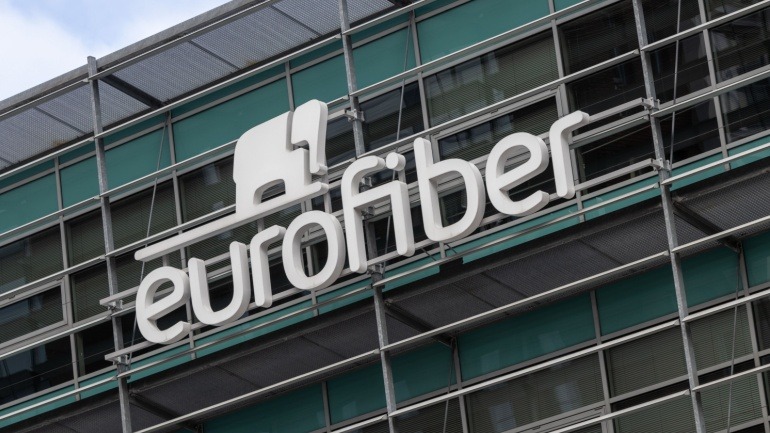In mid-2020, KPN introduced 5G using the 700 MHz frequency band throughout the Netherlands. As a result, KPN’s network has been hailed as the best 5G network in the country. However, so far, 5G has been operating in conjunction with 4G. The network relies on a combination of 5G and 4G frequency bands on smartphones and the core network adhering to existing 5G standards.
According to Erik Brands, director of Mobile Networks at KPN, the introduction of 5G standalone (SA) will transform 5G into an independent technology for both radio and core. This means that smartphones will solely use 5G frequency bands and the core network will be entirely dedicated to the new 5G standard. Brands highlights that this is a vital development since numerous future 5G functionalities will be managed from the heart of the network. The arrival of 5G SA will lead to the next 5G evolution, bringing higher speeds and improved latency. Additionally, it enables network slicing, whereby parts of the network can be optimized for specific use cases.
Recently, KPN collaborated with technology partner Ericsson to demonstrate a cloud gaming application in Breda, utilizing the 3.5 GHz spectrum and 5G SA. Multiple antenna sites were used in the test. They featured real-time data exchange between the player and the gaming platform, operating in a data center. For gaming, speed and response times (latency) are crucial as they can determine whether a player wins or loses. The test achieved a download speed of nearly 1 Gbps and latency of just 14 milliseconds. The results significantly better than the current 5G non-standalone standard.
The combination of the 3.5 GHz spectrum and the new 5G SA standard enables various new applications. For consumers, this translates to increased network capacity, higher throughput, and improved latency, which is particularly advantageous for cloud gaming applications. Meanwhile, business customers can benefit from a wide array of applications in intelligent transport systems, precision agriculture, logistics, and manufacturing, such as controlling robots through 5G technology.
The 3.5 GHz frequency is set to become available in the Netherlands by the end of this year. KPN plans to progressively introduce 5G SA starting in 2024.







